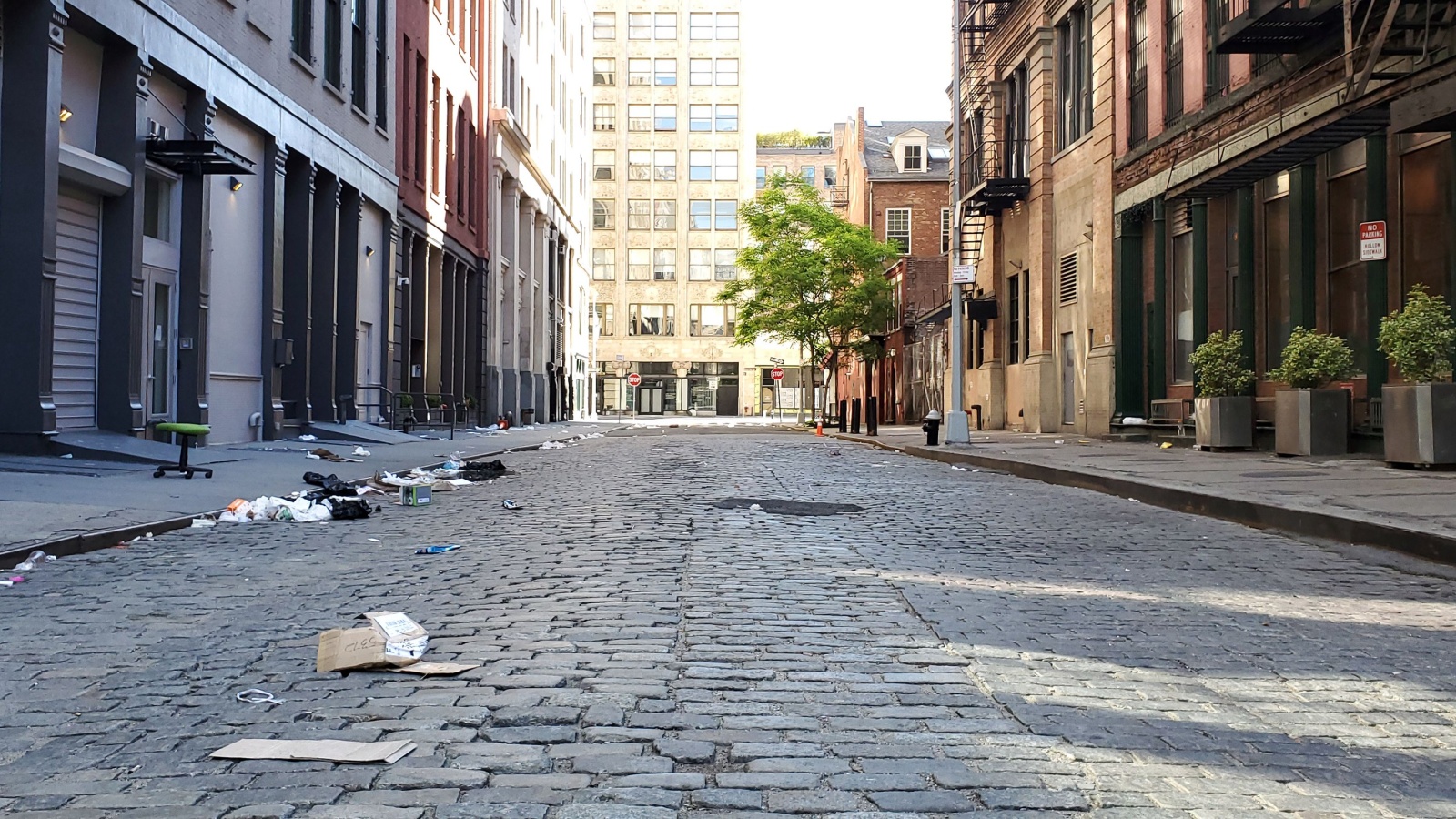Living in a safe neighborhood is crucial for peace of mind and well-being. Sometimes, changes happen slowly and go unnoticed until they become a significant problem. Here are 18 signs that your neighborhood might be becoming unsafe, so you can take action and stay prepared.
1. Increased Crime Rates

When local crime rates start to rise, it’s a clear warning sign. Look out for more reports of theft, vandalism, or violent crimes in your area. Check local news sources or community bulletins to stay informed.
2. Visible Gang Activity

Graffiti tagging, especially with specific symbols or colors, can indicate gang presence. If you notice an increase in such markings or see groups of people engaging in suspicious activities, it’s a red flag.
3. Poorly Maintained Properties

Abandoned buildings, overgrown lawns, and broken windows are signs of neglect. When property owners stop taking care of their homes, it can lead to a decline in neighborhood safety.
4. Increased Police Presence

Seeing more police patrols or frequent law enforcement activities might indicate a response to rising crime. While it can make you feel safer temporarily, it often means there are ongoing safety issues.
5. Decline in Local Businesses

When shops and restaurants start closing down or moving out, it can signal economic troubles. A lack of thriving businesses often goes hand-in-hand with higher crime rates.
6. More Vacant Homes

A growing number of empty homes in your area can suggest people are moving away due to safety concerns. Vacant properties can attract criminal activities, making the area less safe.
7. Frequent Noise Complaints

Increased noise from parties, loud music, or disputes can disrupt peace and indicate a lack of community respect. Noise issues often go hand-in-hand with other signs of neighborhood decline.
8. Poor Street Lighting

Broken or insufficient streetlights can create dark, unsafe areas. Proper lighting is essential for deterring crime and ensuring the safety of pedestrians at night.
9. Unusual Activity at Odd Hours

If you notice unfamiliar people loitering or strange activities late at night, it could be a sign of trouble. Drug deals and other illegal activities often occur under the cover of darkness.
10. Increased Reports of Animal Attacks

A rise in stray or aggressive animals can indicate poor community management. Animal attacks can pose a direct threat to safety and are a symptom of broader neglect.
11. Reduced Community Engagement

When community events dwindle and neighbors stop interacting, it can weaken the sense of unity and security. A strong community often helps to keep an area safe.
12. Rise in Homelessness

While homelessness itself is a complex issue, a sudden increase in homeless individuals can signal economic downturns and contribute to safety concerns, particularly if resources are not available to help them.
13. Lack of Youth Programs

When after-school programs and recreational activities for kids disappear, young people might turn to unsupervised, potentially risky behaviors. These changes can contribute to a less safe environment.
14. Increase in Litter and Vandalism

More trash on the streets and graffiti can indicate a decline in community pride and respect. Vandalism can also lead to more serious criminal activities if left unchecked.
15. Growing Drug Problems

Noticeable drug use or paraphernalia in public spaces is a major warning sign. It can lead to increased crime and pose serious health risks to the community.
16. Difficulty Selling Homes

If homes in your neighborhood are staying on the market for too long or selling at lower prices, it might indicate a lack of buyer interest due to safety concerns. This can be a troubling economic indicator.
17. Presence of Illegal Dumping Sites

Illegal dumping of trash or hazardous materials can indicate a lack of law enforcement and community oversight. These sites can become dangerous and attract more illegal activities.
18. Frequent Power Outages

Regular power outages can disrupt daily life and security systems, making the neighborhood more vulnerable to crime. It can also indicate broader infrastructure issues that need addressing.
20 Crucial Supplies for Surviving a Societal Collapse

In the face of uncertainty, being well-prepared gives you at least some degree of control and security. The thought of a societal collapse, while extreme, prompts us to consider how we might endure without the conveniences of our current lifestyle. Here’s a list of 20 essential items that could prove indispensable in such a scenario. This guide isn’t about succumbing to fear but embracing preparedness and resilience.
14 Essential Canned Goods for Your Emergency Pantry

I firmly believe in keeping a well-stocked emergency pantry. While fresh food is ideal, in a survival situation, we may not be that lucky. So, for my family, even though we grow a lot of our own food, canned goods play a crucial role in emergency preparedness. They offer a reliable source of nutrition when access to fresh produce may be limited. The goods you stockpile should be affordable, easy to store, and full of nutrition.
Best Regions in the U.S. to Escape to When Society Collapses

Choosing a refuge in the event of societal collapse involves weighing the pros and cons of each location against your personal preparedness goals and abilities. Whether you’re drawn to the solitude of the desert or the protective heights of the mountains, the key is finding a place that offers safety and the opportunity for growth and renewal.

